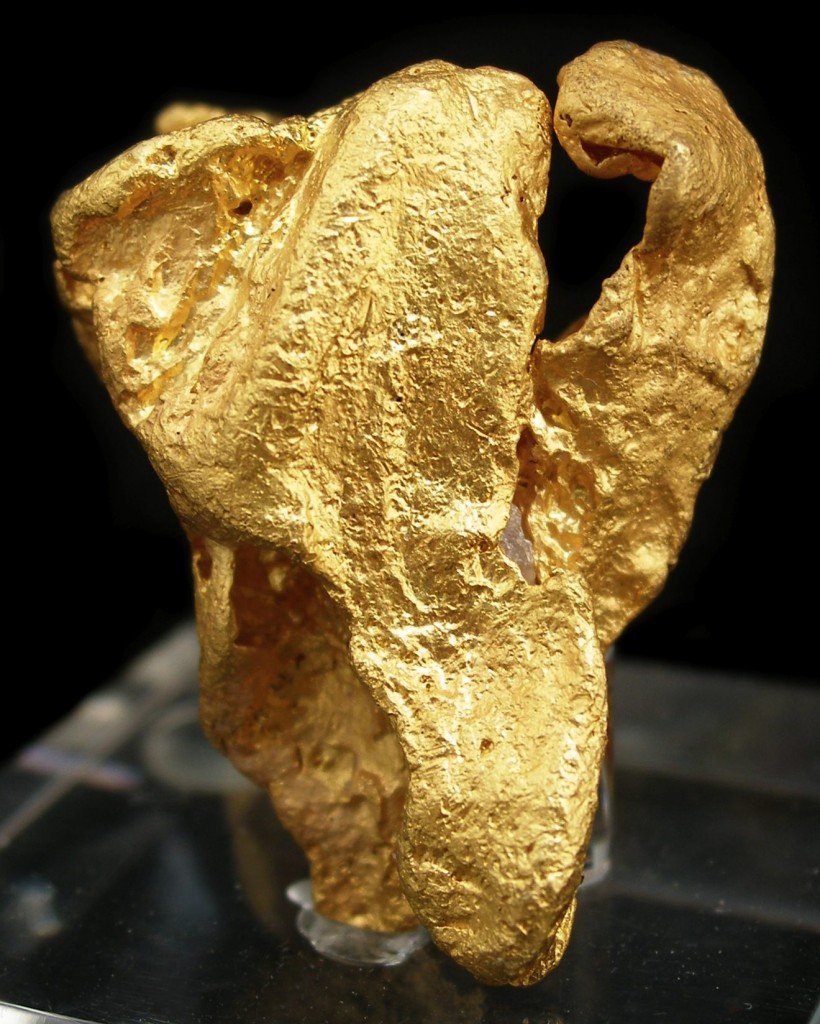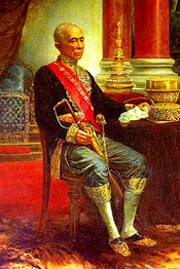|
Lake Carey
Lake Carey is a salt lake located in the Goldfields-Esperance region of Western Australia. It was named in 1869 by surveyor John Forrest in company with Tommy Windich, after Thomas Campbell Carey, the government surveyor to whom Forrest had been apprenticed in 1863. Lake Carey is one of a chain of lakes that makes up the Carey Palaeodrainage system, formed during the Tertiary Period, from about 65 million years ago. The Carey Palaeodrainage system extends about from Wiluna to the Eucla Basin. The elongated lake extends from to south of Laverton, within the Laverton Tectonic Zone, an area associated with gold mining since the 1890s. Mining activity and its discharge has affected the lake. The Wangkathaa people are associated with the land around Lake Carey. See also * List of lakes of Western Australia The following lists of lakes of Western Australia are arranged alphabetically: * List of lakes of Western Australia, A–C (plus numerals) * List of lakes of Wes ... [...More Info...] [...Related Items...] OR: [Wikipedia] [Google] [Baidu] |
Western Australia
Western Australia (WA) is the westernmost state of Australia. It is bounded by the Indian Ocean to the north and west, the Southern Ocean to the south, the Northern Territory to the north-east, and South Australia to the south-east. Western Australia is Australia's largest state, with a land area of , and is also the List of country subdivisions by area, second-largest subdivision of any country on Earth. Western Australia has a diverse range of climates, including tropical conditions in the Kimberley (Western Australia), Kimberley, deserts in the interior (including the Great Sandy Desert, Little Sandy Desert, Gibson Desert, and Great Victoria Desert) and a Mediterranean climate on the south-west and southern coastal areas. the state has 2.965 million inhabitants—10.9 percent of the national total. Over 90 percent of the state's population live in the South-West Land Division, south-west corner and around 80 percent live in the state capital Perth, leaving the remainder ... [...More Info...] [...Related Items...] OR: [Wikipedia] [Google] [Baidu] |
Laverton, Western Australia
Laverton, originally known as British Flag, is a town in the Goldfields region of Western Australia, and the centre of administration for the Shire of Laverton. The town of Laverton is located at the western edge of the Great Victoria Desert, north-northeast of the state capital, Perth, and east-northeast of the town of Leonora, with an elevation of . About 20% of the population is of Aboriginal descent. The area is semi-arid, with a mean annual rainfall of . It is also quite warm, with mean daily maximum temperatures ranging from 17 °C (62 °F) in July to 36 °C (97 °F) in January. Laverton is the westernmost town on the Outback Waya proposed highway which goes through the Northern Territory to Winton in outback Queensland. History A number of early explorers travelled over the Laverton area, including John Forrest, David Carnegie and Frank Hann. Gold was discovered in the British Flag area in 1896 and many prospectors and miners moved into the a ... [...More Info...] [...Related Items...] OR: [Wikipedia] [Google] [Baidu] |
List Of Lakes Of Australia
Natural freshwater lakes in Australia are rare due to the general absence of Glacier, glacial and Plate tectonics, tectonic activity in Australia. Types Most lakes in Australia fall within one of five categories. Excluding lakes and lagoons created by List of reservoirs and dams in Australia, man-made dams for water storage and other purposes, one can identify the following: * coastal lakes and lagoons including perched lakes; * natural freshwater inland lakes, often ephemeral and some part of wetland or swamp areas; * the Main Range (Snowy Mountains), Main Range containing mainland Australia's five glacial lakes. In Tasmania, due to glaciation, there are a large number of natural freshwater lakes on the central plateau, many of which have been enlarged or modified by hydro-electric developments; * predominantly dry, salt lake (geography), salt lakes in the flat desert regions of the country lacking organised drainage; and * lakes created in volcanic remnants. List of lakes ... [...More Info...] [...Related Items...] OR: [Wikipedia] [Google] [Baidu] |
Kibibyte
The byte is a unit of digital information that most commonly consists of eight bits. Historically, the byte was the number of bits used to encode a single character of text in a computer and for this reason it is the smallest addressable unit of memory in many computer architectures. To disambiguate arbitrarily sized bytes from the common 8-bit definition, network protocol documents such as the Internet Protocol () refer to an 8-bit byte as an octet. Those bits in an octet are usually counted with numbering from 0 to 7 or 7 to 0 depending on the bit endianness. The size of the byte has historically been hardware-dependent and no definitive standards existed that mandated the size. Sizes from 1 to 48 bits have been used. The six-bit character code was an often-used implementation in early encoding systems, and computers using six-bit and nine-bit bytes were common in the 1960s. These systems often had memory words of 12, 18, 24, 30, 36, 48, or 60 bits, corresponding to ... [...More Info...] [...Related Items...] OR: [Wikipedia] [Google] [Baidu] |
Indigenous Australians
Indigenous Australians are people with familial heritage from, or recognised membership of, the various ethnic groups living within the territory of contemporary Australia prior to History of Australia (1788–1850), British colonisation. They consist of two distinct groups, which include many ethnic groups: the Aboriginal Australians of the mainland and many islands, including Aboriginal Tasmanians, Tasmania, and the Torres Strait Islanders of the seas between Queensland and Papua New Guinea, located in Melanesia. 812,728 people Aboriginality, self-identified as being of Aboriginal and/or Torres Strait Islander origin in the 2021 Australian Census, representing 3.2% of the total population of Australia. Of these Indigenous Australians, 91.4% identified as Aboriginal, 4.2% identified as Torres Strait Islander, and 4.4% identified with both groups. The term Aboriginal and Torres Strait Islander peoples or the person's specific cultural group, is often preferred, though the term ... [...More Info...] [...Related Items...] OR: [Wikipedia] [Google] [Baidu] |
Wangkathaa
Wangkatha, otherwise written Wongatha, Wongutha, Wangkatja, Wongi or Wangai, is a language and the identity of eight Aboriginal Australian peoples of the Eastern Goldfields region. The Wangkatja language groups cover the following towns: Coolgardie, Kalgoorlie, Menzies, Leonora and Laverton; these towns encompass the North-eastern Goldfields region of Western Australia. Name The term ''/'' derives from a verbal root meaning 'to speak'. The more formal and correct term is either ''Wangkatha'' or ''Wongatha''. Other spellings include ''Wongutha'' and ''Wangkatja''. Country The Wongi or Wongatha/Wangkatha language peoples originate from the following areas; Coolgardie, Kalgoorlie, Leonora, Menzies and Laverton. The Wongi group consists of eight peoples: Maduwongga, Waljen, Ngurlutjarra, Ngaanyatjarra, Bindinni, Madatjarra(?), Koara (Kuwarra) and Tjalkatjarra. The Wongi Wongatha-Wonganarra Aboriginal Corporation was put into liquidation in 2010. Today, their native t ... [...More Info...] [...Related Items...] OR: [Wikipedia] [Google] [Baidu] |
1851 - 1904)
Events January–March * January 11 – Hong Xiuquan officially begins the Taiping Rebellion in China, one of the bloodiest revolts that would lead to 20 million deaths. * January 15 – Christian Female College, modern-day Columbia College, receives its charter from the Missouri General Assembly. * January 23 – The flip of a coin, subsequently named the Portland Penny, determines whether a new city in the Oregon Territory will be named after Boston, Massachusetts, or Portland, Maine, with Portland winning. * January 28 – Northwestern University is founded in Illinois. * February 1 – ''Brandtaucher'', the oldest surviving submersible craft, sinks during acceptance trials in the German port of Kiel, but the designer, Wilhelm Bauer, and the two crew escape successfully. * February 6 – Black Thursday occurs in Australia as bushfires sweep across the state of Victoria, burning about a quarter of its area. * February 12 – Edward Har ... [...More Info...] [...Related Items...] OR: [Wikipedia] [Google] [Baidu] |



